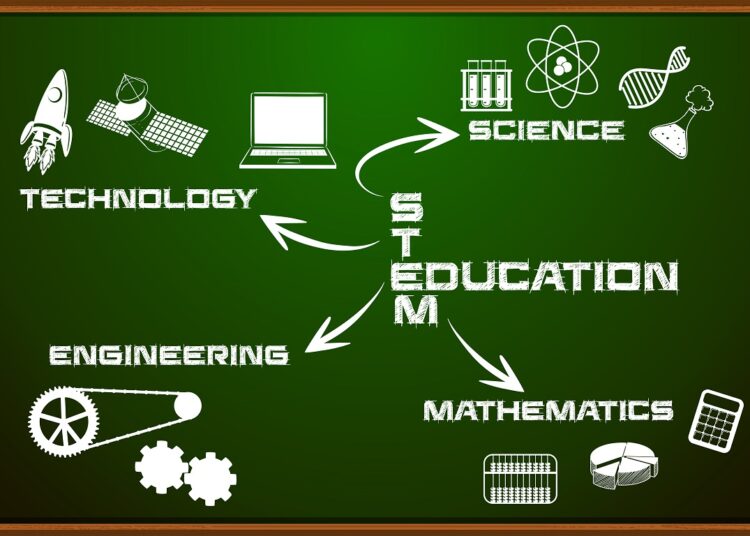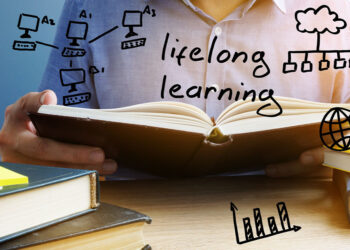Cracking the Code: Introducing Kids to Fun and Engaging Programming
Ready to unlock your child’s potential in the digital world? Let’s explore how personalized coding education is making a real difference.
1. The Rise of Personalized Learning in Coding
Today’s STEM education landscape, especially in coding, is seeing a significant shift towards personalized learning paths. Programs like Codingal are structuring their curricula around models like BIDE, based on Bloom’s Taxonomy, to offer age-appropriate lessons. These lessons range from basic Java programming to more advanced animation and game development, catering to students from early grades through high school.
2. Boosting Performance Through Personalization
Research indicates that students who participate in personalized coding programs often outperform their peers in traditional settings by as much as 30%. This improvement isn’t just about grades; it reflects greater engagement, better retention rates, and more robust long-term outcomes. These personalized approaches help unlock each child’s unique potential by tailoring the learning experience to their individual needs and pace.
3. The Future Demands Coding Skills
The World Economic Forum’s 2025 report emphasizes the growing demand for AI and coding skills. Forecasts predict that these roles will be among the most sought-after by 2030. However, the current pool of IT professionals with advanced experience in these areas is limited. Equipping children with coding skills early is becoming increasingly crucial for their future career prospects.
4. Coding as a Tool for Building Resilience
Beyond technical skills, coding also plays a vital role in developing resilience in children. By learning to handle failure, persist through complex tasks, and collaborate with peers on unpredictable problems, children develop essential life skills. Coding teaches them to celebrate small victories and view challenges as opportunities for growth.
5. Hands-on Engagement and Creative Problem-Solving
Hands-on challenges and coding competitions are not just fun; they reinforce core concepts and encourage creative problem-solving. These activities allow children to apply what they’ve learned in practical scenarios, fostering a deeper understanding and appreciation for the subject. As technology evolves, these skills will be invaluable for navigating future real-world challenges.
Robots in Playtime: Sparking Creativity Through Robotics
Explore how robots are revolutionizing playtime and STEM education, fostering creativity and essential skills for the future.
1. The Rise of Robots in STEM Education
In the United States, robots and artificial intelligence are becoming increasingly prevalent in STEM education, both in classrooms and at home. This integration is driven by the rapid advancements in generative AI since 2022, which have led to the wider adoption of humanoid robots across various sectors. These trends reflect a strategic priority within the U.S. to enhance technological literacy and innovation.
2. Hands-On Learning and Skill Development
Hands-on experiences with robots, such as programming and building them, are proving to be invaluable for students. These activities not only improve problem-solving abilities but also spark creativity and enhance teamwork skills. By engaging directly with robotics, children learn to think critically and collaborate effectively, preparing them for future challenges.
3. Addressing Trust in AI and Robots
Despite the growing presence of AI and robots in education and the workplace, trust issues persist. Many college students, while anticipating future collaboration with AI or humanoid robots, still harbor reservations. To address this, educational curricula are being adjusted to include elements like semiotics and human-computer interaction training, aiming to foster a better understanding and acceptance of these technologies.
4. Preparing for a Future with Robots
The overarching goal is to equip the next generation with the skills they need to thrive in a future increasingly shaped by technology. By providing early exposure to programming and robotics, the U.S. aims to build trust in new technologies and unlock the full potential of its youth. This proactive approach ensures that children are not only comfortable with but also proficient in using these tools.
The Science of Learning by Doing: Experiential STEM Education
Explore how hands-on experiences in STEM education are shaping the future of learning and career readiness in the U.S.
1. The Rise of Experiential STEM Learning
The U.S. is increasingly embracing experiential learning in STEM education, particularly through coding and robotics. This approach emphasizes hands-on activities to boost student engagement and understanding. These methods are proving crucial in fostering both interest and achievement in science, technology, engineering, and mathematics.
2. K-12’s Dominant Role in STEM Participation
In 2024, the K-12 segment made up nearly half of all STEAM (Science, Technology, Engineering, Arts, and Mathematics) education program participation in the United States. This widespread integration highlights the commitment to embedding hands-on science and technology curricula early in students’ academic careers.
3. Online Platforms Expand STEM Access
Online learning platforms are now responsible for delivering over 40% of STEM content across the nation. Schools are leveraging digital access to create interactive experiences, expanding the reach of STEM education. The following table illustrates the market share of online learning within the STEM education sector:
4. Funding Concerns and Equitable Access
Despite the expansion of STEM education, recent funding cuts, including the cancellation of over 400 National Science Foundation STEM grants, are raising concerns. These cuts, reported by Education Week in May 2025, may impact equitable access to STEM opportunities and long-term student readiness for science careers.
5. The Impact of Hands-on STEM Programs
Studies indicate that hands-on programs, such as STEMscopes Science, lead to significant improvements in standardized test scores among participating students. This underscores the importance of experiential engagement as a key factor in driving both interest and achievement in STEM fields.
Q&A
Question 1: What is the main trend driving the shift in STEM education, particularly in coding?
Answer: The main trend is a significant shift towards personalized learning paths. Programs are structuring curricula around models like BIDE (based on Bloom’s Taxonomy) to offer age-appropriate lessons tailored to individual student needs and pace, leading to improved engagement and retention.
Question 2: What are some of the key benefits of personalized coding programs?
Answer: Research suggests students in personalized coding programs outperform peers in traditional settings by up to 30%. This improvement isn’t limited to grades; it includes increased engagement, better knowledge retention, and stronger long-term outcomes. Personalized learning unlocks each child’s unique potential.
Question 3: Beyond technical skills, what other benefits does coding education provide for children?
Answer: Coding helps children develop resilience by teaching them to handle failure, persist through challenges, and collaborate effectively. It fosters a growth mindset where challenges are seen as opportunities, celebrating small victories along the way. These are valuable life skills applicable beyond coding.













